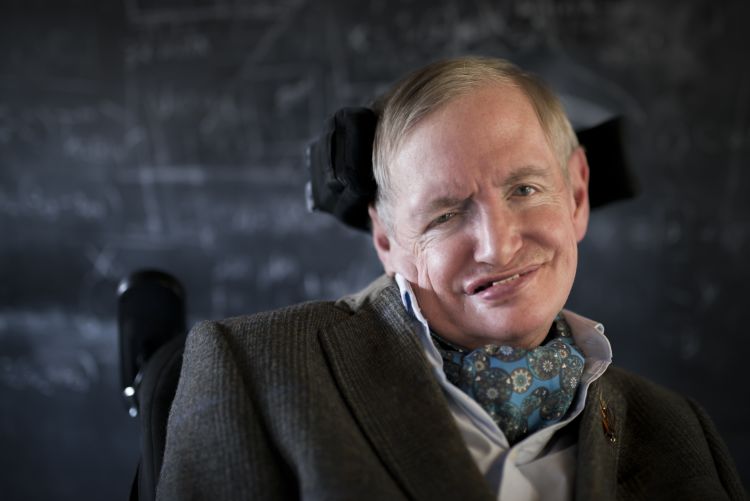Professor Stephen Hawking
1942-2018
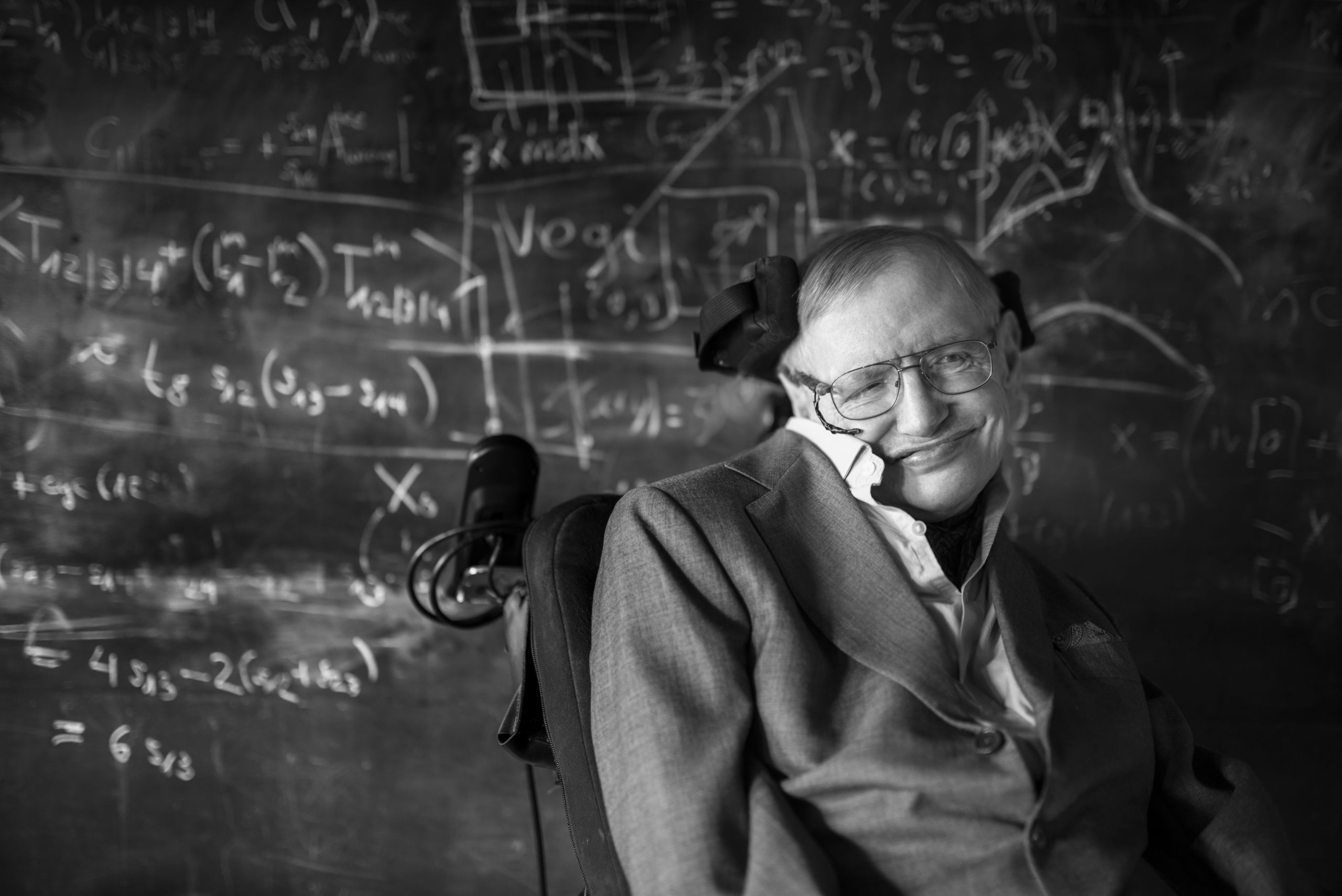
Friends and colleagues from the University of Cambridge have paid tribute to Professor Stephen Hawking, who died today at the age of 76.
Widely regarded as one of the world’s most brilliant minds, he was known throughout the world for his contributions to science, his books, his television appearances, his lectures and through biographical films. He leaves three children and three grandchildren.
Professor Hawking broke new ground on the basic laws which govern the universe, including the revelation that black holes have a temperature and produce radiation, now known as Hawking radiation. At the same time, he also sought to explain many of these complex scientific ideas to a wider audience through popular books, most notably his bestseller A Brief History of Time.
He was awarded the CBE in 1982, was made a Companion of Honour in 1989, and was awarded the US Presidential Medal of Freedom in 2009. He was the recipient of numerous awards, medals and prizes, including the Copley Medal of the Royal Society, the Albert Einstein Award, the Gold Medal of the Royal Astronomical Society, the Fundamental Physics Prize, and the BBVA Foundation Frontiers of Knowledge Award for Basic Sciences. He was a Fellow of The Royal Society, a Member of the Pontifical Academy of Sciences, and a Member of the US National Academy of Sciences.
He achieved all this despite a decades-long battle with motor neurone disease, with which he was diagnosed while a student, and eventually led to him being confined to a wheelchair and to communicating via his instantly recognisable computerised voice. His determination in battling with his condition made him a champion for those with a disability around the world.
Professor Hawking came to Cambridge in 1962 as a PhD student, and rose to become the Lucasian Professor of Mathematics, a position once held by Isaac Newton, in 1979. In 2009, he retired from this position and was the Dennis Stanton Avery and Sally Tsui Wong-Avery Director of Research in the Department of Applied Mathematics and Theoretical Physics until his death. He was also a member of the University's Centre for Theoretical Cosmology, which he founded in 2007. He was active scientifically and in the media until the end of his life.
Professor Stephen Toope, Vice-Chancellor of the University of Cambridge, paid tribute, saying, “Professor Hawking was a unique individual who will be remembered with warmth and affection not only in Cambridge but all over the world. His exceptional contributions to scientific knowledge and the popularisation of science and mathematics have left an indelible legacy. His character was an inspiration to millions. He will be much missed.”
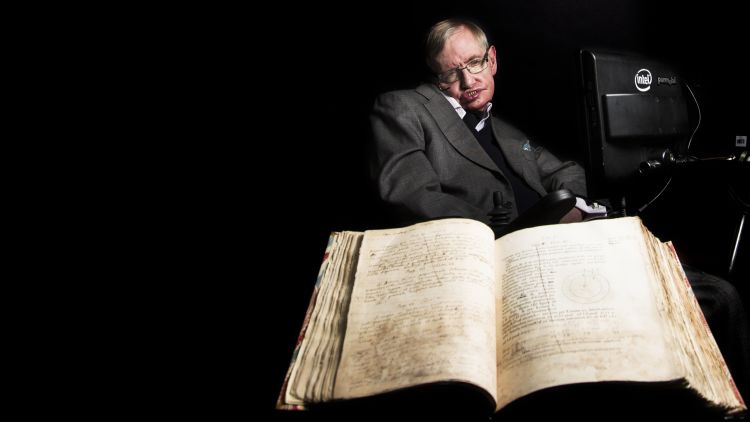
Stephen William Hawking was born on January 8, 1942 in Oxford although his family was living in north London at the time. In 1959, the family moved to St Albans where he attended St Albans School. Despite the fact that he was always ranked at the lower end of his class by teachers, his school friends nicknamed him ‘Einstein’ and seemed to have encouraged his interest in science. In his own words, “physics and astronomy offered the hope of understanding where we came from and why we are here. I wanted to fathom the depths of the Universe.”
His ambition brought him a scholarship to University College Oxford to read Natural Science. There he studied physics and graduated with a first class honours degree.
He then moved to Trinity Hall, Cambridge and was supervised by Dennis Sciama at the Department of Applied Mathematics and Theoretical Physics for his PhD; his thesis was titled Properties of Expanding Universes. In 2017, he made his PhD thesis freely available online via the University of Cambridge’s Open Access repository. There have been over a million attempts to download the thesis, demonstrating the enduring popularity of Hawking and his academic legacy.
On completion of his PhD Hawking became a research fellow at Gonville and Caius College where he remained a fellow for the rest of his life. During his early years at Cambridge, he was influenced by Roger Penrose and developed the singularity theorems which show that the Universe began with the Big Bang.
An interest in singularities naturally led to an interest in black holes and his subsequent work in this area laid the foundations for the modern understanding of black holes. He proved that when black holes merge, the surface area of the final black hole must exceed the sum of the areas of the initial black holes, and he showed that this places limits on the amount of energy that can be carried away by gravitational waves in such a merger. He found that there were parallels to be drawn between the laws of thermodynamics and the behaviour of black holes. This eventually led, in 1974, to the revelation that black holes have a temperature and produce radiation, now known as Hawking radiation, a discovery which revolutionised theoretical physics.
He also realised that black holes must have an entropy – often described as a measure of how much disorder is present in a given system – equal to one quarter of the area of their event horizon: – the ‘point of no return’, where the gravitational pull of a black hole becomes so strong that escape is impossible. Some forty odd years later, the precise nature of this entropy is still a puzzle. However, these discoveries led to Hawking formulating the ‘information paradox’ which illustrates a fundamental conflict between quantum mechanics and our understanding of gravitational physics. This is probably the greatest mystery facing theoretical physicists today.
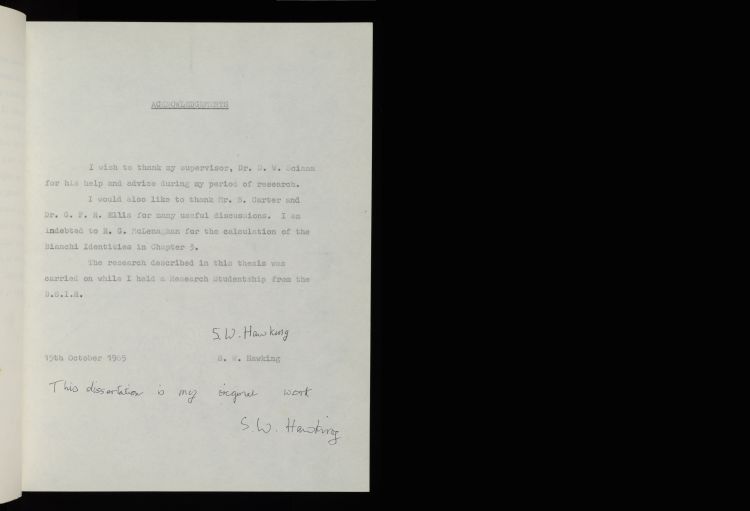
To understand black holes and cosmology requires one to develop a theory of quantum gravity. Quantum gravity is an unfinished project which is attempting to unify general relativity, the theory of gravitation and of space and time with the ideas of quantum mechanics. Hawking’s work on black holes started a new chapter in this quest and most of his subsequent achievements centred on these ideas.
Hawking recognised that quantum mechanical effects in the very early universe might provide the primordial gravitational seeds around which galaxies and other large-scale structures could later form. This theory of inflationary fluctuations, developed along with others in the early 1980s, is now supported by strong experimental evidence from the COBE, WMAP and Planck satellite observations of the cosmic microwave sky. Another influential idea was Hawking’s ‘no boundary’ proposal which resulted from the application of quantum mechanics to the entire universe. This idea allows one to explain the creation of the universe in a way that is compatible with laws of physics as we currently understand them.
Professor Hawking’s influential books included The Large Scale Structure of Spacetime, with G F R Ellis; General Relativity: an Einstein centenary survey, with W Israel; Superspace and Supergravity, with M Rocek (1981); The Very Early Universe, with G Gibbons and S Siklos, and 300 Years of Gravitation, with W Israel.
However, it was his popular science books which took Professor Hawking beyond the academic world and made him a household name. The first of these, A Brief History of Time, was published in 1988 and became a surprise bestseller, remaining on the Sunday Times best-seller list for a record-breaking 237 weeks. Later popular books included Black Holes and Baby Universes, The Universe in a Nutshell, A Briefer History of Time, and My Brief History. He also collaborated with his daughter Lucy on a series of books for children about a character named George who has adventures in space.
In 2014, a film of his life, The Theory of Everything, was released. Based on the book by his first wife Jane, the film follows the story of their life together, from first meeting in Cambridge in 1964, with his subsequent academic successes and his increasing disability. The film was met with worldwide acclaim and Eddie Redmayne, who played Stephen Hawking, won the Academy Award for Best Actor at the 2015 ceremony.
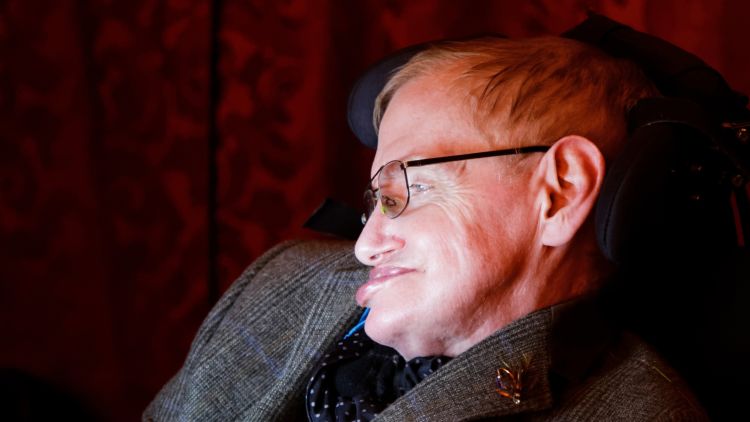
Travel was one of Professor Hawking’s pastimes. One of his first adventures was to be caught up in the 7.1 magnitude Bou-in-Zahra earthquake in Iran in 1962. In 1997 he visited the Antarctic. He has plumbed the depths in a submarine and in 2007 he experienced weightlessness during a zero-gravity flight, routine training for astronauts. On his return to ground he quipped “Space, here I come.”
Writing years later on his website, Professor Hawking said: “I have had motor neurone disease for practically all my adult life. Yet it has not prevented me from having a very attractive family and being successful in my work. I have been lucky that my condition has progressed more slowly than is often the case. But it shows that one need not lose hope.”
At a conference In Cambridge held in celebration of his 75th birthday in 2017, Professor Hawking said “It has been a glorious time to be alive and doing research into theoretical physics. Our picture of the Universe has changed a great deal in the last 50 years, and I’m happy if I’ve made a small contribution.”
And he said he wanted others to feel the passion he has for understanding the universal laws that govern us all. “I want to share my excitement and enthusiasm about this quest. So remember to look up at the stars and not down at your feet. Try to make sense of what you see and wonder about what makes the universe exist. Be curious, and however difficult life may seem, there is always something you can do, and succeed at. It matters that you don’t just give up.”
Words: Tom Kirk, Sarah Collins
Images: Alan Fersht, Graham CopeKoga, Andre Pattenden, Sir Cam, Dan White
